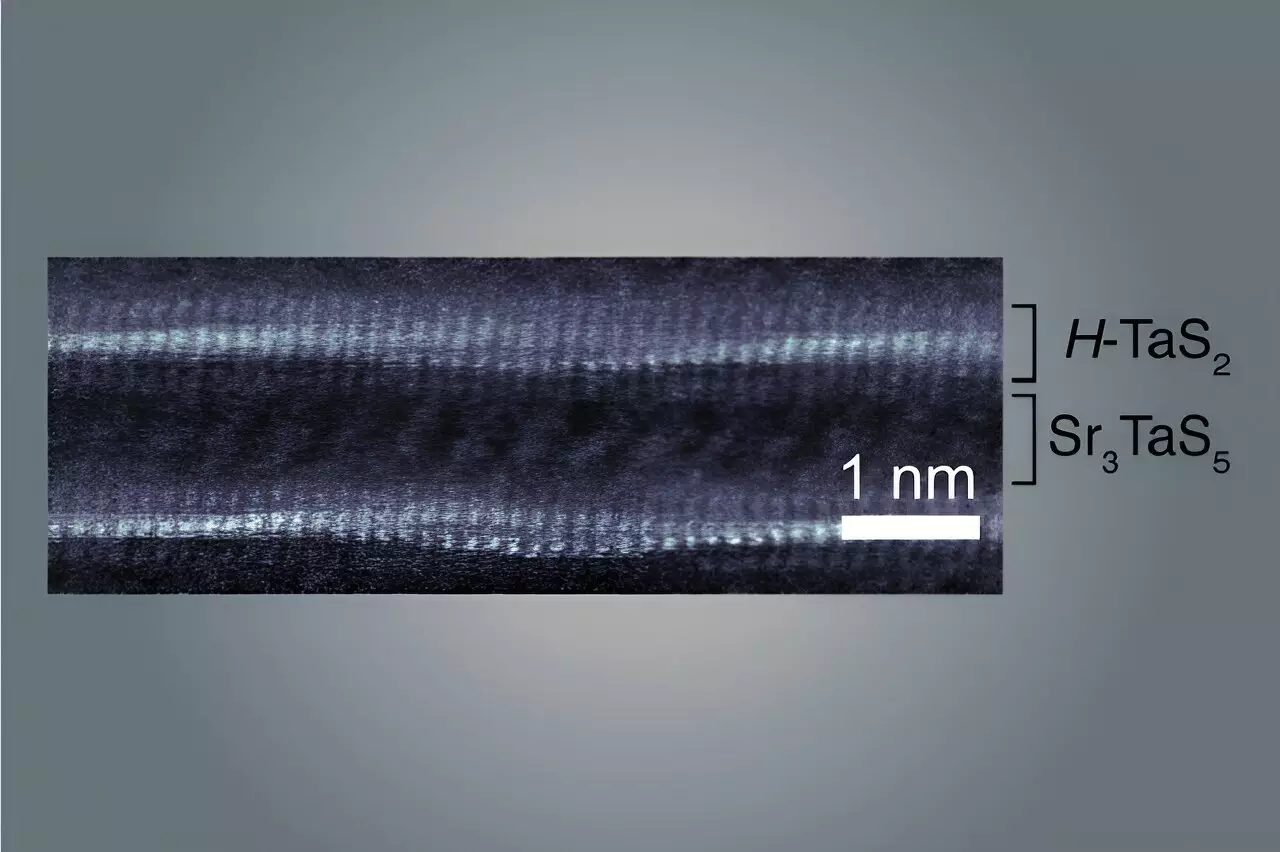In a remarkable advancement in materials science, a team of physicists at MIT has developed a novel material characterized by its unique superconducting and metallic properties. What distinguishes this material from others is its composition of wavy atomic layers that are merely a billionth of a meter thick, amalgamating to form a macroscopic structure that can be conveniently manipulated. This innovation not only simplifies the process of exploring its quantum behaviors—those intricate interactions occurring at the atomic level—but also opens avenues for future research and the creation of additional materials with similarly extraordinary properties.
The Significance of Material Design and Synthesis
The underpinning of this material’s synthesis lies in a method dubbed rational design, whereby the team utilized their understanding of the chemistry and materials science relevant to this family of compounds. This deliberate and insightful approach sets the stage for confidence among researchers that they can engineer a plethora of novel materials, each with distinct and potentially groundbreaking traits. As the lead researcher, Joseph Checkelsky, articulates, this project represents not just a fleeting discovery but a jumping-off point into an exciting domain of possibility for physicists and engineers alike.
This pioneering material is primarily composed of alternating layers of tantalum and sulfur, laid atop a ‘spacer’ layer inclusive of strontium, tantalum, and sulfur. Remarkably, these layers are meticulously structured to repeat thousands of times, forming a large crystal. This intricate layering results in a physical manifestation of waves within the material—a phenomenon believed to arise from mismatches in the crystal lattice sizes and structures of the various layers. A visual analogy can be made with stacked sheets of paper; for instance, if a sheet of legal paper needs to be placed over letter-sized paper, it would need to buckle to achieve a proper fit, thereby creating a wave-like effect.
The significance of these wavy configurations extends beyond mere aesthetics. These structural distortions result in distinctive electrical behaviors; notably, the ability of electrons to traverse through the material without resistance at specific temperatures—a state known as superconductivity. The structural fluctuations imprinted on the electrons contribute to a complex landscape of conductivity; in certain regions, superconductivity achieves a peak, while in others, it diminishes. This variability not only enhances the material’s superconducting characteristics but also introduces remarkable metallic properties.
Moreover, the design of the waves allows electrons to navigate more effortlessly along the downward slopes, thereby creating a directional preference in their flow. Devarakonda, a pivotal member of the research team, elucidates how these engineered waves facilitate electron movement, leading to pronounced shifts in electrical behavior. The introduction of these wavy structures exemplifies an innovative strategy to regulate electron flow, potentially enabling the development of devices with tailored operational characteristics.
This pursuit of knowledge is built on a history of collaborative successes. The 2020 discovery, chronicled in the journal Science, already highlighted this research team’s ability to create analogs to these two-dimensional materials. Following up with further insights in subsequent publications, including a 2021 exploration concerning superconductivity, each step has brought them closer to mastering these intricate materials. The present findings herald the emergence of a second member of this burgeoning family of compounds, foreshadowing a new frontier that beckons for exploration.
As this research unfolds, it becomes clear that not only are the implications of these discoveries immense, but the potential applications could reshape various fields, ranging from quantum computing to energy. This nascent family of materials stands testament to the power of interdisciplinary collaboration and rational design, embodying the essence of scientific progress. As researchers continue to “stand on the shoulders of giants,” they inch closer to discovering myriad applications that can arise from understanding and manipulating the quantum world at the atomic level. With unexpected outcomes lying in wait, the journey into this uncharted territory promises to be laden with excitement and innovation.


Leave a Reply